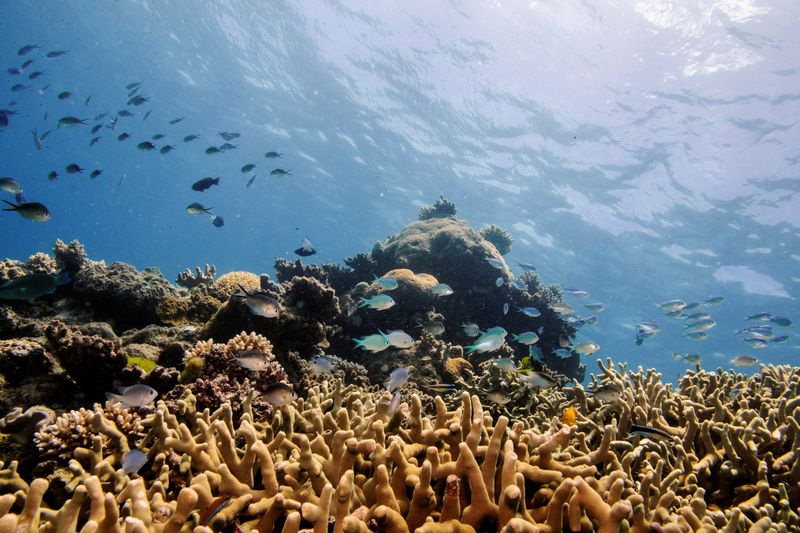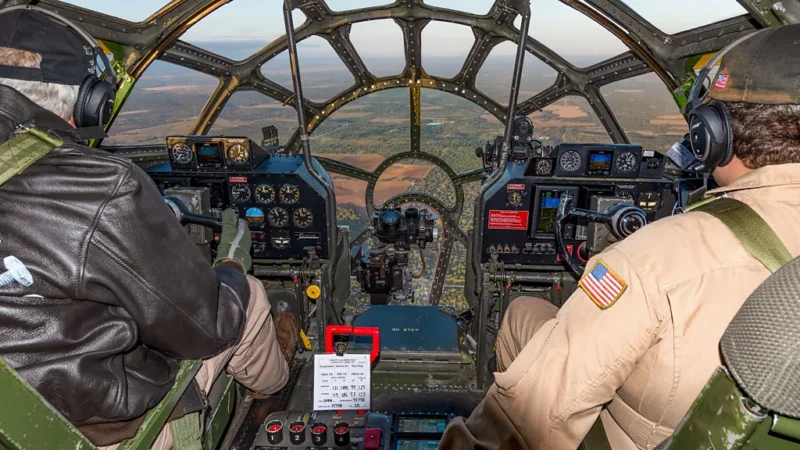Scientists freeze Great Barrier Reef coral in world-first trial

Researchers from AIMS, the Great Barrier Reef Foundation, the Smithsonian National Zoo and Conservation Biology Institute, and the Taronga Conservation Society Australia participated in the trials.
A novel technique for freezing and storing coral larvae has been successfully tested by scientists working on Australia’s Great Barrier Reef, and they believe that it may one day be used to help rewild reefs that are threatened by climate change.
Scientists are working overtime to safeguard coral reefs as the warming ocean threatens fragile ecosystems. Four bleaching outbreaks, including the first-ever bleach during the La Nina phenomenon, which generally brings colder temperatures, have affected the Great Barrier Reef in the past seven years.
Coral that has been cryogenically frozen can be kept and reintroduced to the wild at a later time, but the current procedure needs complex equipment, including lasers. A novel, lightweight “cryomesh” that preserves coral better, according to scientists, may be produced at a low cost.
Scientists at the Australian Institute of Marine Sciences used the cryomesh to freeze coral larvae in a December lab experiment, which was a first for Great Barrier Reef coral. For the trial, which fell during the short annual spawning window, the coral had been taken from the reef.
On smaller and bigger species of Hawaiian corals, the cryomesh has previously been tested. The larger variety’s trial was unsuccessful.
Larger Great Barrier Reef coral variants are still being tested.
As part of the Reef Restoration and Adaptation Program, the trials included researchers from AIMS, the Smithsonian National Zoo and Conservation Biology Institute, the Great Barrier Reef Foundation, and the Taronga Conservation Society Australia.
A team from the University of Minnesota’s College of Science and Engineering, led by Professor John C. Bischov and Dr. Zongqi Guo, developed the mesh technique to help preserve coral larvae at -196 °C (-320.8 °F). Nikolas Zuchowicz, a PHD student, used corals as his initial test subject.
According to Jonathan Daly of the Taronga Conservation Society Australia, “this new technology that we have will allow us to do it at a scale that can genuinely help to support some of the aquaculture and restoration interventions.”






